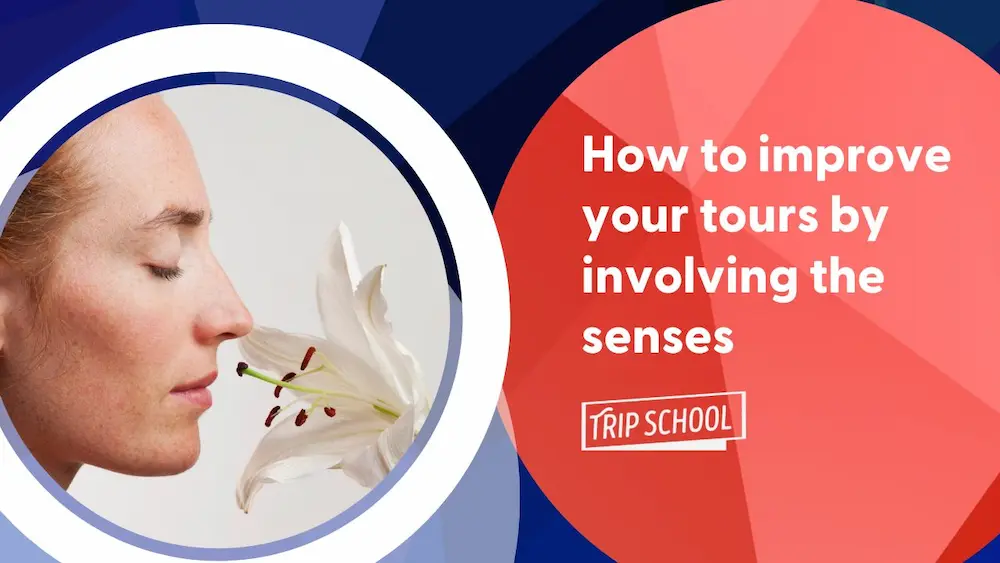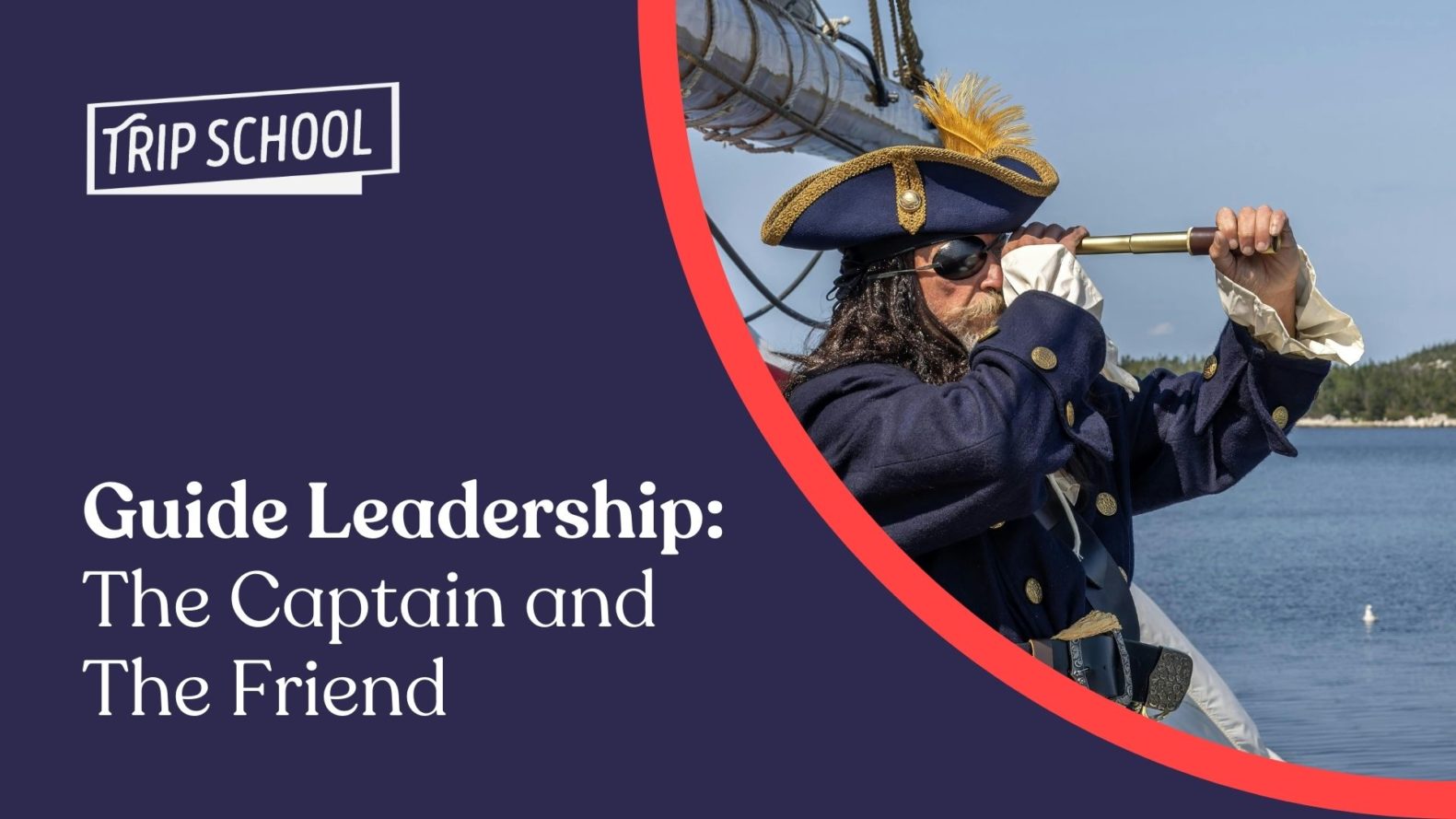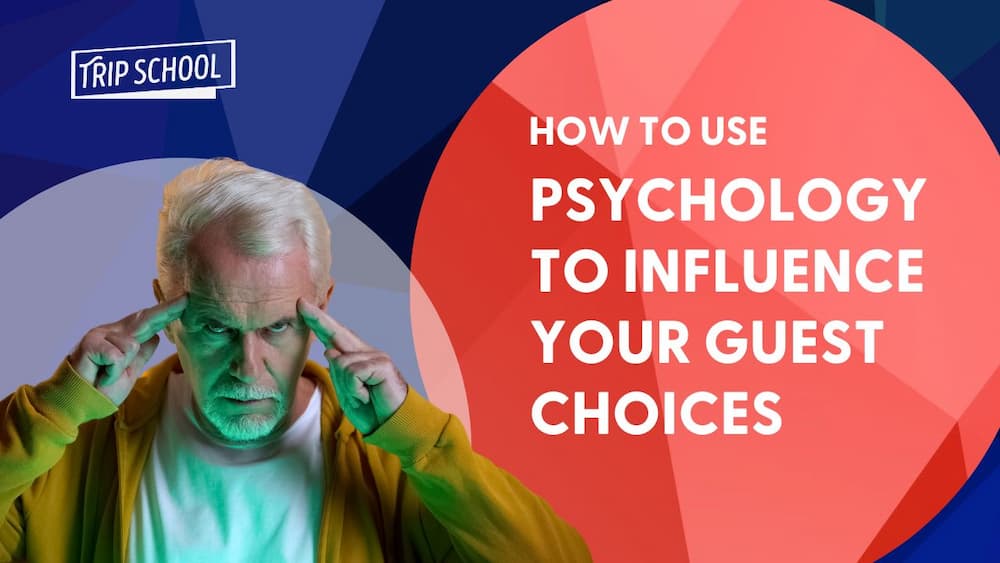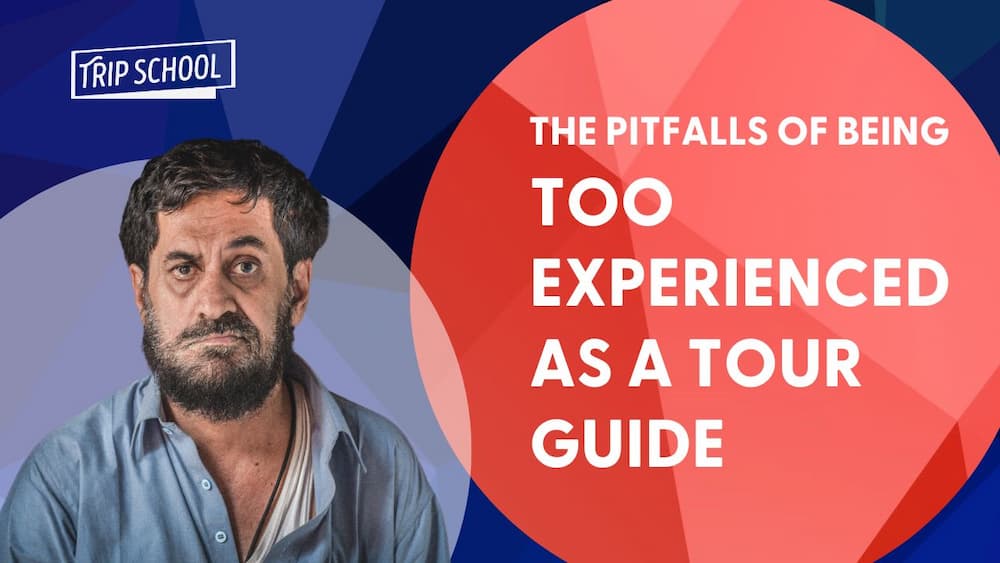How to Improve Your Tours by Incorporating the Senses
Involving the senses is a great way to improve how your guests feel about the tour you’re leading.
As a guide, we often talk way too much. We get stuck in our heads. It comes from a good place: we’ve learned so much information, and we want to share it all.
But does a guest want that much information?
More importantly, from your perspective, how do you want your guests to feel at the end of the tour? Do you want them to say, wow she knew a lot! or, wow, I feel so much more connected to the place.
Connection is everything, and to truly connect with your guests you need to make them feel fully human. That means connecting them with their feelings, and a sense of being in the world.
Our brains weren’t created to remember everything we hear. And especially anything presented to us as dates, facts, or disconnected anecdotes.
While that kind of tour might feel very entertaining to a guest, it doesn’t end up being particularly meaningful or memorable. I call it fast food tour guiding. Designed to give a quick jolt of delight, but the whole experience doesn’t add up to something meaningful.
Great guides know that when you really have your guests feel that deeper connection to the place through your storytelling and facilitation, you as a guide feel like what you’re doing is something spectacular. Because it is.
To create a deeper tour experience, one important way to connect with your guests is to involve their senses.
For each sense below, we’ll share some helpful ideas for how to incorporate them on your tours, in addition to talking, of course.
Sight
Vision is the most obvious sense. If you’re a sighted individual, then that’s the most immediate sensation on a tour. You look around.
The trick, instead, is to get your guests to do it intentionally.
- Hold a Photo Contest —
- Do a “color walk” —
- Look Up —
Touch
But when you look at the brain, and how it remembers, the strongest memories come from involving the senses. Read this article to understand how important touch is!
Some examples:
- When I lead fall foliage tours, I stop at a granite quarry and get a piece of granite for each guest. They get a tactile sense of the mountains that I’m talking about.
- If you’re at the Washington Monument, or the Eiffel Tower, let guests touch the material you’re talking about.
Hearing
Our guests usually just use their ears to listen to the guide speak. But hearing can be so much more than that. Involving music can transform a scene. Or having your guests actively listen to the sounds of the city, and asking them what they hear.
You might also:
- Walk in silence
- Play music on the bus to build a sense of ambiance of the place, rather than as a singalong. An example: play Navajo or Hopi music
Smell
It’s scientifically proven that smells can create some of the most vivid memories we have. So it’s a great idea to have your guests involve their noses!
Let’s say you’re about to have a taste of something. You could begin by telling your guests to stop and smell the treat or meal before they dive in and eat. Sometimes just a prompt to be intentional is enough to make something unconscious into a moment!
Other
- Smell trees, flowers, plants — you could travel with a little bag in lavender when in France, or pine needles when in the National Parks or another forest.
- Smell ingredients — if you’re taking guests to have a Southern dinner, you might begin by having them smell the spices and sauces that will become ingredients in their meal.
Taste
We all love to eat.
- Small treats at the beginning of the tour day — chocolates, candy, something to delight your guests







